The Final Step: Turning My Photos Into Prints for Galleries Around the World
![]()
Creating a successful photograph is a process that has numerous stages. Printing the work masterfully, usually the last portion of the endeavor, is paramount.
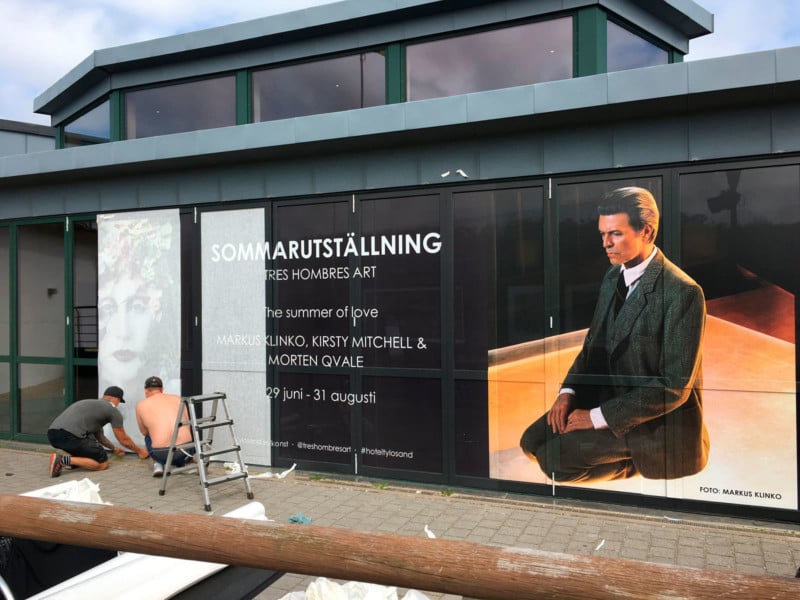
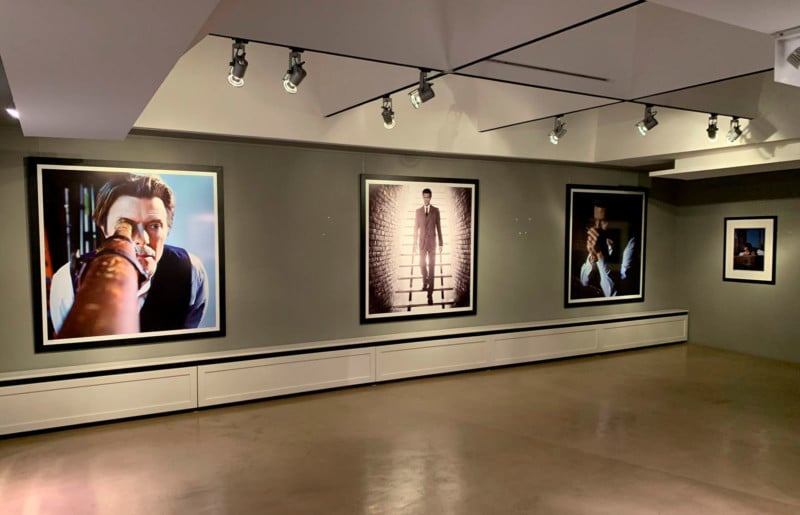
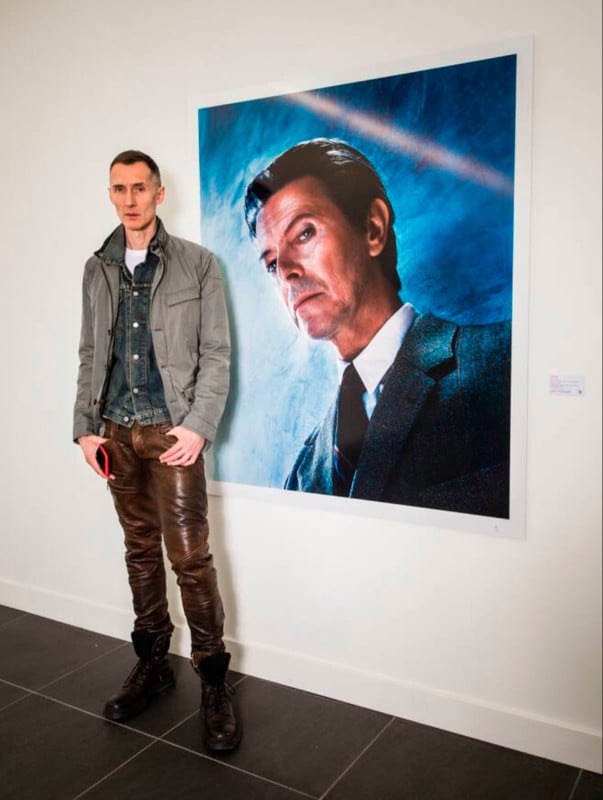
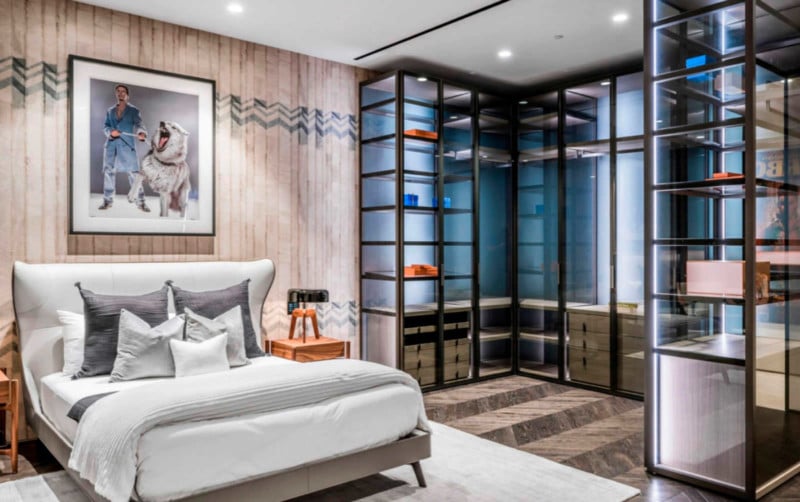
Now getting ready for new shows in Houston, Texas, and Ventura, California, it is time to talk about the all-important aspect of printing.
After all, the print is what everyone sees, and what the photograph will be judged by. So why not pay a little tribute to the people that make this all happen?
There are many ways to make a gorgeous print, and choosing the ideal paper is critical. For my work, I prefer a glossy luster, so Fujicolor Crystal Archive Digital Pearl is my paper of choice.
It has a distinct metallic reflection effect that suits my work to perfection. I also love Fujiflex Crystal Archive Printing Material, for its razor-sharp rendering, vibrant colors, and impeccable whites.
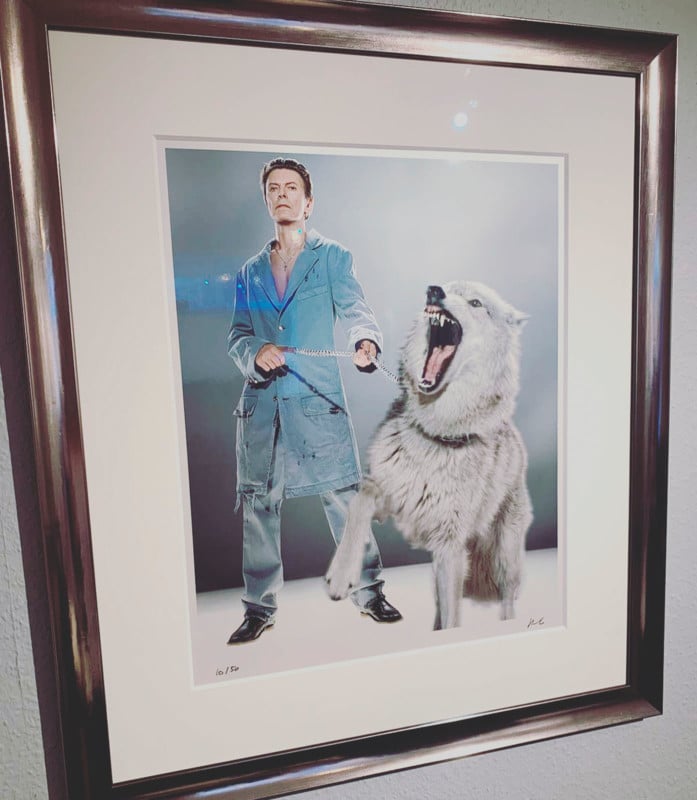
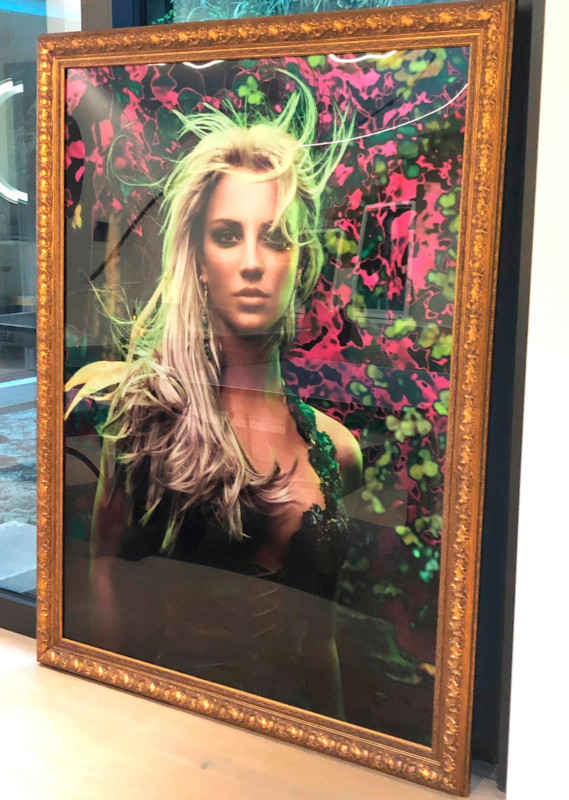
I do not print my own work — after many trials and errors, I have had the fortune of collaborating exclusively with the great master printer, John Weldon of LA’s famous Weldon Color Lab. After working with John for many years on dozens of solo exhibitions, group shows, and art fairs, I recently sat down with John for a bit of a recap of his career, and to hear how he applies his talent and great experience to my work.
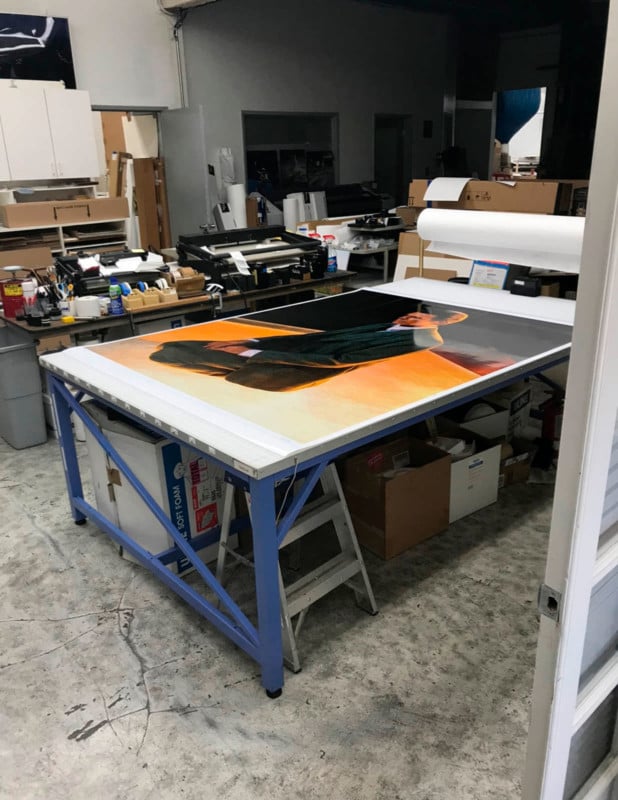
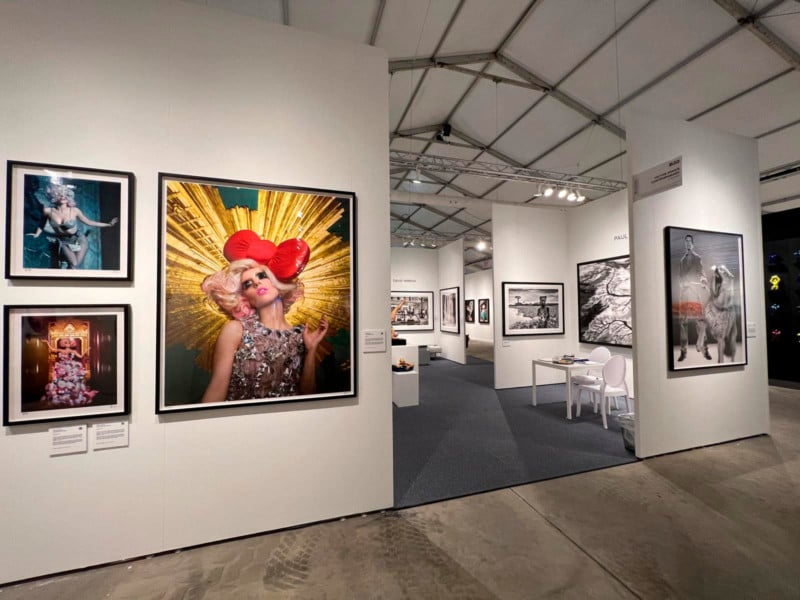
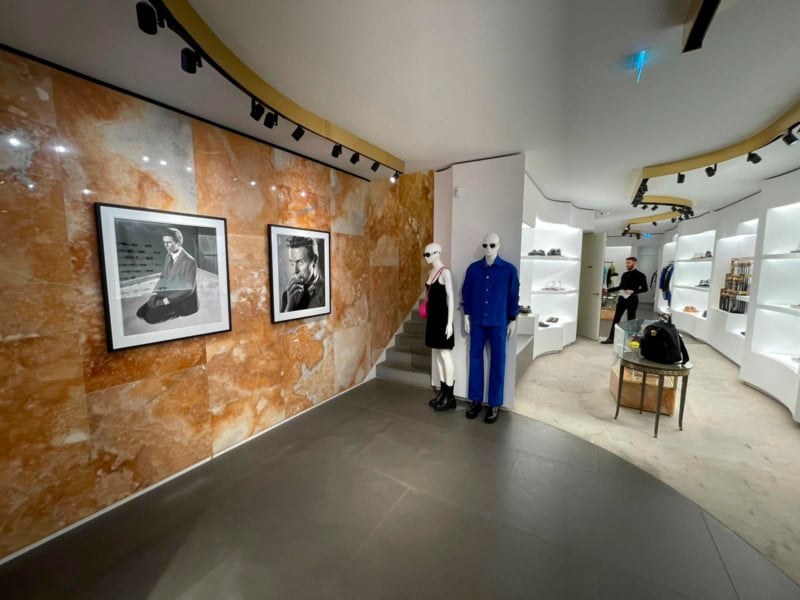
I asked John about his journey to becoming one of the world’s premier printmakers and how it all started.
“My freshman year in high school I found an old telescope in the closet and my dad, an engineer on the first Apollo missions, told me I’d be able to see the craters on the moon,” John says. “It was so amazing that I put my camera up to the eyepiece and when I got the film back from the drugstore it came back with a note on it: no charge – no images. So I shot it again and put a note on it that the photos were of stars and planets, and the white dots on the film were the actual photos. The roll came back with another note: no charge – no images.
“My dad saw this and for Christmas gave me an old darkroom set-up so that I could process the photos myself. Next thing you know I started processing color prints in the darkroom I’d built in my bathroom! When I showed some neighbors my photos pretty soon they started bringing me their negatives to print.
“While still in high school by chance I discovered a black and white rental darkroom in the neighborhood, and soon they offered to pay me to do color printing for them. Ten years later, in 1989, my fascination with photography inspired me to open my own photo lab at our current location where I began specializing in Cibachrome printing. As the technology has continued to evolve, so too has the lab continued to grow. We are currently one of the only labs in the world with top expertise in Lightjet printing.”
John says the challenge of helping photographers achieve their vision is the “secret ingredient” behind what allowed his lab to develop its reputation as one of the premier printing companies in North America.
The lab has grown to offer a very wide range of services for photographers.
“We do it all at Weldon – from film development to scanning to printing and mounting!” John says. “Our state-of-the-art Lightjet printing offers an amazing level of vibrancy. And our archival inkjet prints allow for a complete range of unique papers and surfaces to choose from to complement any type of photograph. We develop film in our custom black-and-white film-processing lab with great care by hand, utilizing traditional archival development.
“Our scanning department offers a range of services, including high-resolution drum scanning, and flatbed scanning, and our digital photography can accommodate reproduction of large-scale paintings.”
I asked John whether most of his clients have specific requests regarding the printing process and the paper used, or whether he helps to direct artists to their eventual choices.
“While we do assist clients new to photography every week select the best options for their images, the majority of our clients are professional photographers, museums, and galleries,” John says. “Professionals usually know what kind of style they want, but are always happy to hear about the latest innovations.”
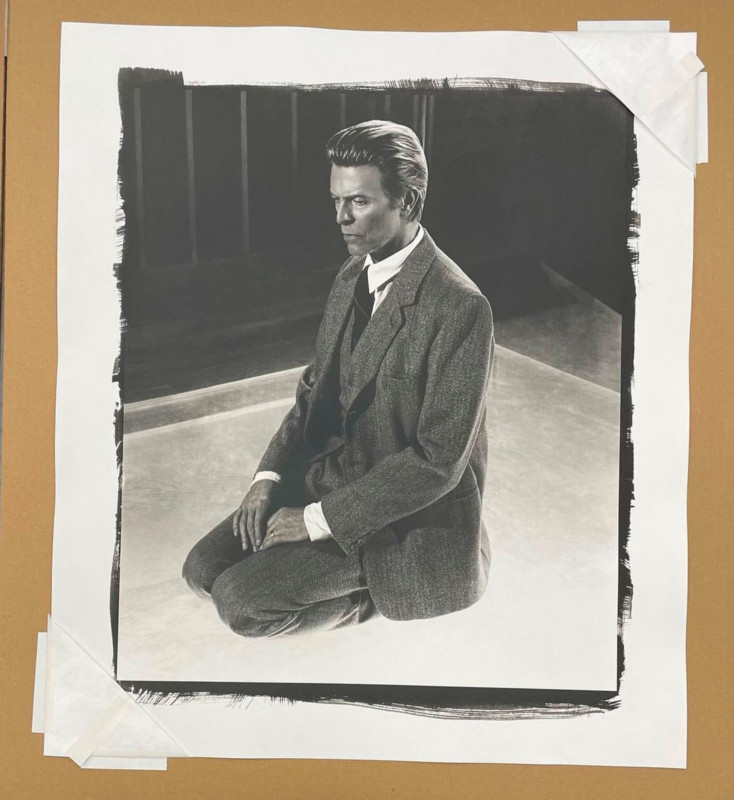
Weldon Color Lab recently introduced the historic art of platinum palladium printing, which inspired me to release my David Bowie Platinum Edition — a platinum print I have included in my STARMAN show.
“Platinum-palladium prints are unrivaled by any modern printing technique, both in appearance and performance,” John says. “One reason the prints, created on Hahnemuhle paper, are favored by art collectors is due to their longevity, achieving an archival rating in excess of 1,500 years. And in terms of appearance, the prints create an added sense of depth, and the tonal range of the prints is unmatched.
“Dating back to the 1870s, this handmade photographic-printmaking technique was created through contact printing, meaning the photographic negative matches the size of the final print. As a result, photographers of the times were more limited to what size they could make their prints. Now we can make ‘digital negatives’ up to 40″ wide! Currently, we are printing up to 24×30″ and are excited that later this year will be able to print 30×40″ platinum-palladium prints.”
John says his lab is currently looking to expand its platinum services to serve galleries and museums around the world.
About the author: Markus Klinko is an international fashion/celebrity photographer who has worked with many of today’s most iconic stars of film, music, and fashion. The opinions expressed in this article are solely those of the author. You can find more of Klinko’s work on his website and Instagram.